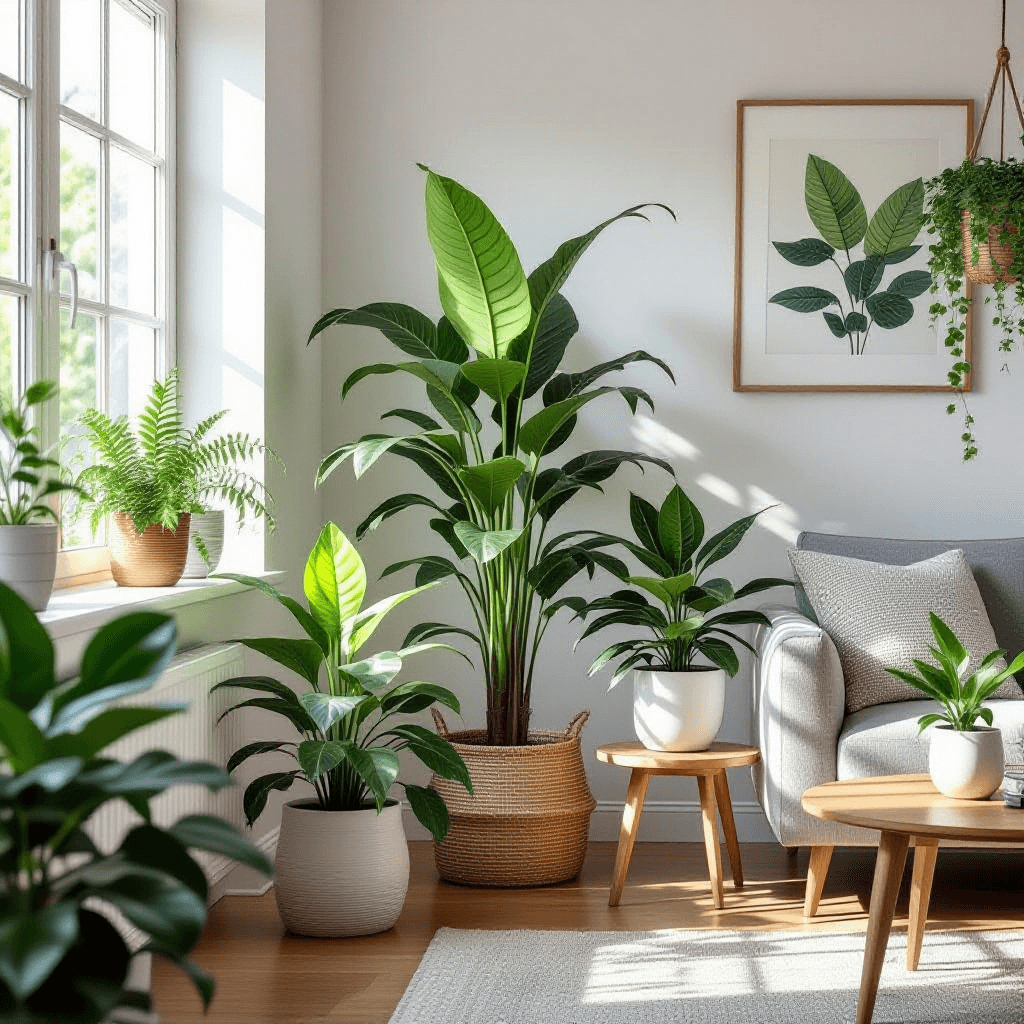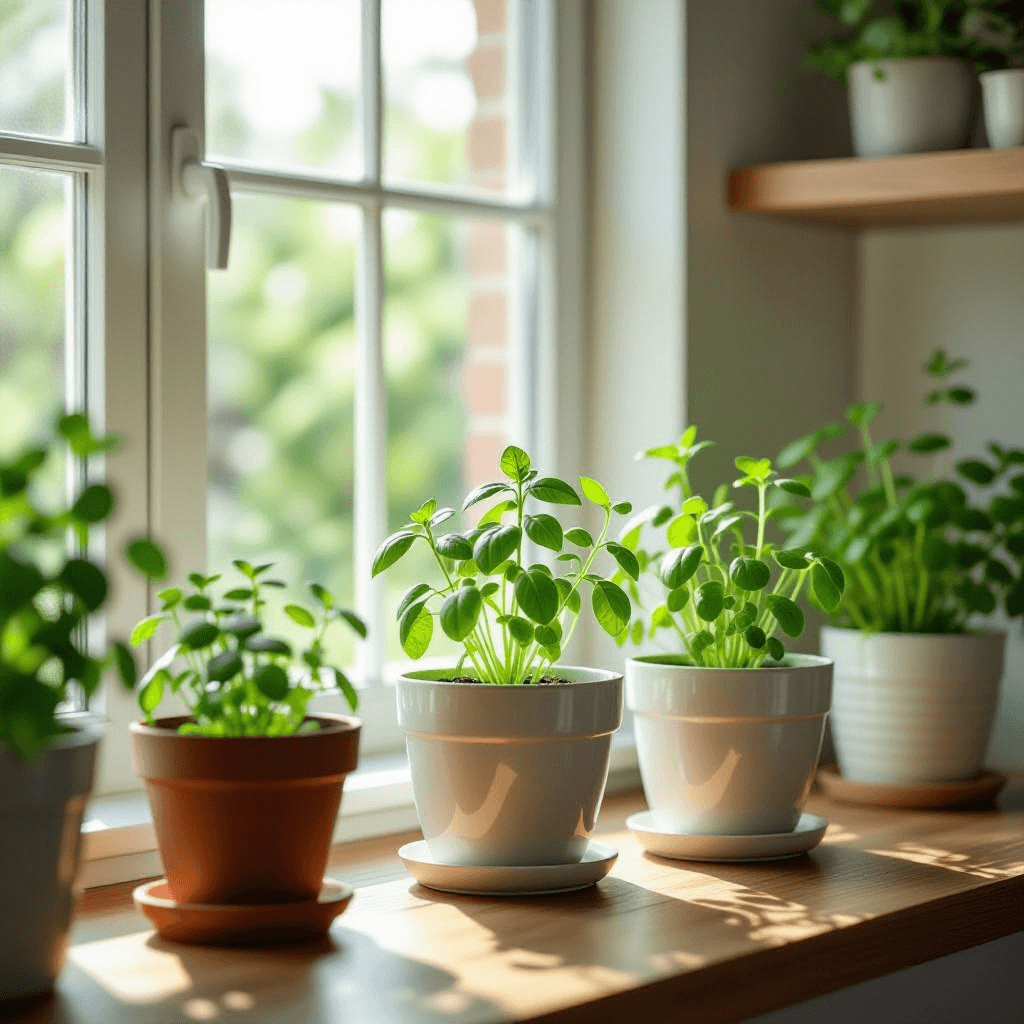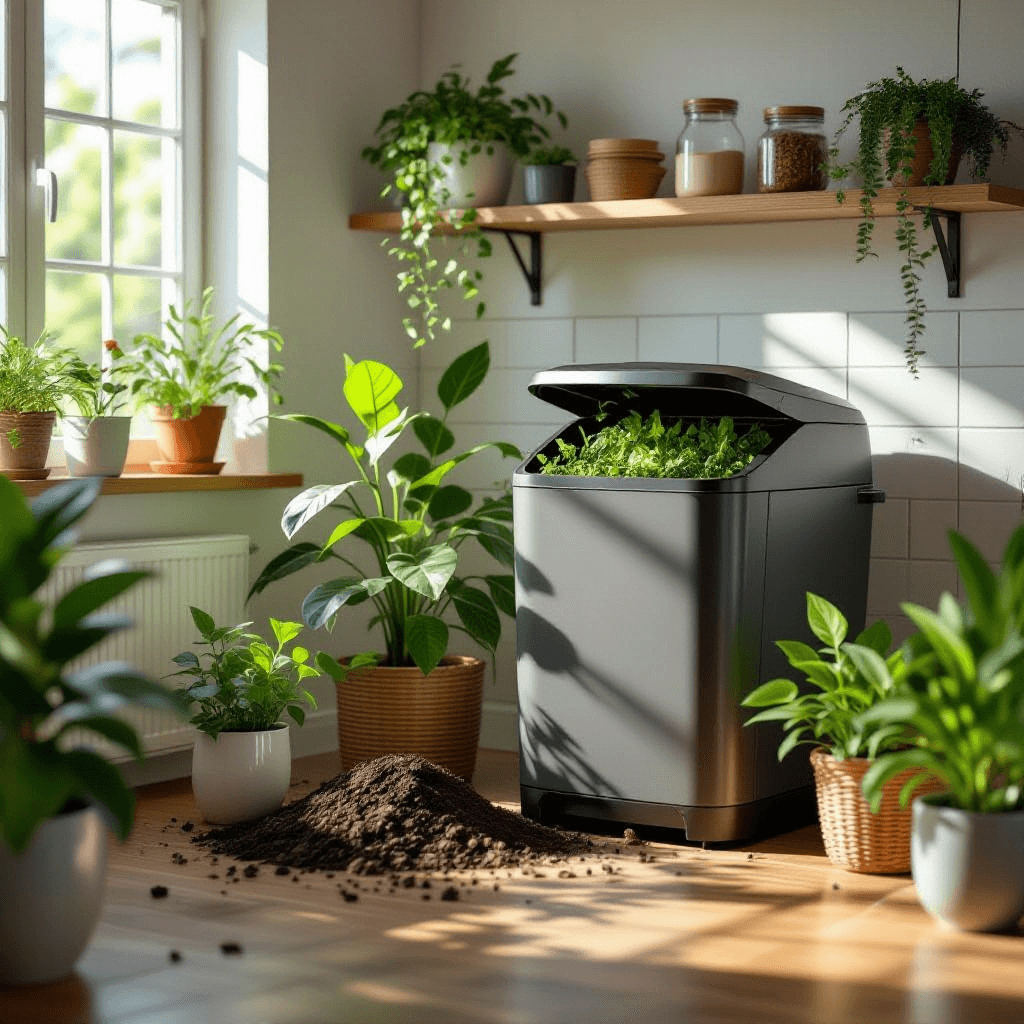Introduction to Low-Maintenance Houseplants
The busy pace of modern life often leaves little room for extensive gardening or plant care, which is where low-maintenance houseplants come into play. These plants are ideal for individuals or families who lead hectic lives but still wish to incorporate greenery into their living spaces. Low-maintenance houseplants are specifically tailored for those who may not possess a natural affinity for gardening or the time required to nurture more demanding varieties. In the UK, where weather conditions can be unpredictable, the attractiveness of these resilient plants becomes particularly evident.
One of the most significant benefits of having houseplants is their ability to enhance indoor air quality. Research has shown that many varieties can filter indoor pollutants, thereby contributing to a healthier living environment. Furthermore, they bring aesthetic appeal to a home, creating a soothing atmosphere and promoting well-being. The vibrant greens and varied textures of low-maintenance plants can elevate the decor of any room, transforming it into a more inviting space.
Low-maintenance houseplants require minimal watering, less frequent repotting, and generally thrive in a variety of light conditions, making them perfect for the diverse environments found in UK homes. This ease of care does not imply that these plants lack beauty or character. On the contrary, many low-maintenance varieties exhibit beautiful foliage and even striking flowers, providing visual interest without the burden of extensive upkeep.
In summary, embracing low-maintenance houseplants can significantly enhance a busy lifestyle while offering various benefits, from improved air quality to aesthetic enhancement. Regardless of your gardening experience, there is a suitable houseplant that can seamlessly fit into your home and life.
Factors to Consider When Choosing Houseplants
Choosing the right houseplants for your home requires careful consideration of various factors that can significantly impact their health and longevity. One of the primary aspects to evaluate is the light levels within your living space. In the UK, natural light availability can vary greatly, depending on the season and the orientation of windows. Therefore, it is essential to assess whether your rooms receive direct sunlight, partial shade, or are mostly dark. Some houseplants thrive in bright, indirect light, while others prefer lower light conditions, making it crucial to match the plant choice with the light available.
Humid environments can be beneficial for several plant species, whereas dry air can pose challenges. Many UK homes, especially during winter, can have dry indoor air due to heating systems. Hence, selecting plants that can adapt to the lower humidity levels found in many UK homes is key. Look for hardy species such as succulents, snake plants, and peace lilies, which are well-suited for average humidity levels but can also deal with fluctuations.
Temperature variations are another important consideration. Most houseplants thrive in temperatures between 15°C and 25°C (59°F and 77°F). UK homes can experience colder temperatures during winter, so understanding the specific temperature requirements of potential houseplants is vital. Additionally, it’s wise to avoid placing sensitive plants near drafty windows or heating vents, as these can create an inhospitable environment.
Finally, when selecting houseplants, take into account the presence of pets and children. Certain plants can be toxic if ingested, so it’s essential to opt for non-toxic varieties if your environment includes curious pets or young children. By evaluating these key factors carefully, you can ensure that the houseplants you choose will thrive in your UK home while contributing to its aesthetic appeal.
Top 10 Low-Maintenance Houseplants for UK Homes
Incorporating low-maintenance houseplants into your UK home can significantly enhance its ambiance while requiring minimal care. Here’s a curated list of ten resilient plants that thrive in typical UK environments.
1. Snake Plant (Sansevieria trifasciata)
Known for its striking upright leaves, the Snake Plant is renowned for its air-purifying qualities. This hardy plant requires infrequent watering and can adapt to low light, making it a versatile choice for various rooms.
2. Pothos (Epipremnum aureum)
Pothos, also called Devil’s Ivy, features trailing vines that can grow long and lush. This attractive plant enjoys indirect sunlight and only needs watering when the top inch of soil is dry, which makes it ideal for busy homeowners.
3. ZZ Plant (Zamioculcas zamiifolia)
The ZZ Plant is renowned for its waxy, dark green leaves, contributing to its ornamental appeal. Thriving in low light, it requires minimal water, making it perfect for office spaces or areas with limited natural light.
4. Spider Plant (Chlorophytum comosum)
Featuring arching leaves and small ‘baby’ plants, the Spider Plant is an excellent air purifier. It flourishes in bright, indirect light and can tolerate periods of neglect without wilting.
5. Peace Lily (Spathiphyllum spp.)
This elegant plant produces white blooms while also filtering toxic air pollutants. It prefers low to medium light and only needs watering when its soil feels dry, thus making it a user-friendly option.
6. Rubber Plant (Ficus elastica)
The Rubber Plant boasts broad, glossy leaves, adding an element of style to your home. This species adapts well to various light conditions and thrives with moderate watering, contributing to its low-maintenance reputation.
7. Dracaena (Dracaena spp.)
With multiple species available, Dracaena plants come in various sizes and leaf shapes. Typically, they thrive under indirect light and require less frequent watering, making them suitable for diverse home environments.
8. Aloe Vera (Aloe barbadensis miller)
Known for its medicinal properties, Aloe Vera features fleshy leaves that contain a soothing gel. It thrives in bright sunlight and requires minimal watering. Apart from its aesthetic appeal, it is also beneficial for minor burns.
9. Chinese Evergreen (Aglaonema)
This attractive plant is distinguished by its patterned leaves, offering visual interest in any space. Chinese Evergreens thrive in low to moderate light conditions and enjoy occasional watering, which aligns well with a busy lifestyle.
10. Parlor Palm (Chamaedorea elegans)
The Parlor Palm is a compact, elegant plant ideal for indoor living conditions. It prefers moderate indirect light and can tolerate periods of low hydration, making it an excellent low-maintenance green addition to your home.
These ten low-maintenance houseplants not only enhance the visual appeal of your UK home but also contribute positively to your living environment. Their adaptability and ease of care make them perfect choices for both novice and experienced plant enthusiasts.
Care Tips for Your Low-Maintenance Houseplants
Caring for low-maintenance houseplants does not have to be a complex endeavor. To help ensure your plants remain healthy and vibrant, adopting simple care practices can play a crucial role. One of the most critical aspects is watering. It is essential to understand the water needs of each plant type. Generally, most low-maintenance varieties prefer to dry out between waterings. A good rule of thumb is to check the soil moisture; if the top inch is dry, it is time to water. Overwatering is a common mistake, as it can lead to root rot, significantly harming your plants.
When it comes to potting, selecting the right container is vital. Ensure that pots have drainage holes to prevent excess water from accumulating. A well-draining potting mix tailored for your specific plant type will provide the necessary nutrients while promoting optimal root health. It is advisable to repot your plants every couple of years to refresh the soil and allow for growth.
Fertilization is another area requiring attention, albeit at lower frequency than for high-maintenance varieties. A diluted, balanced liquid fertilizer every few months during the growing season typically suffices. Be cautious not to over-fertilize, which can damage the root system. Furthermore, regularly observing your plants for any signs of pests or disease is essential. Early detection allows for implementing effective pest management strategies without resorting to harsh chemicals.
Lastly, an often-overlooked aspect of plant care is the importance of cleanliness. Dust can accumulate on both the leaves and the surface of the soil, impeding photosynthesis and preventing nutrient absorption. Occasionally wiping leaves with a damp cloth or rinsing them gently with water will keep them pristine, allowing your low-maintenance houseplants to thrive with minimal effort.


